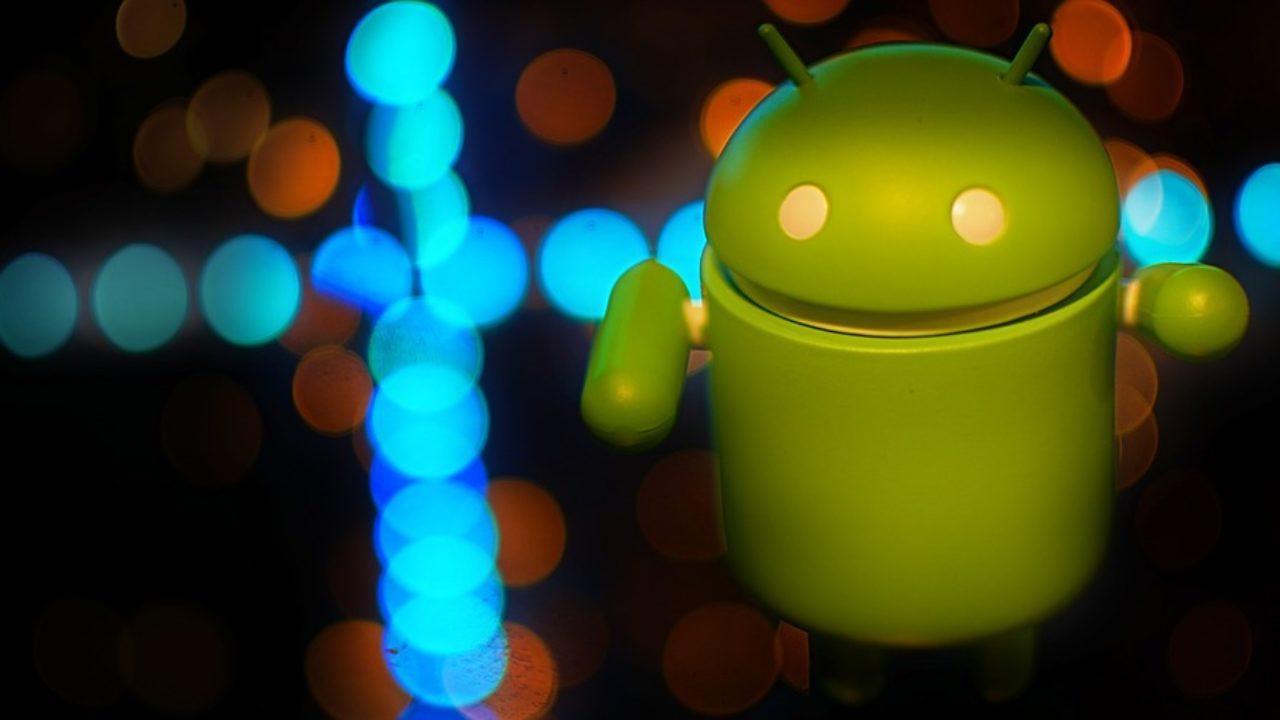The world is developing and expanding its reach in terms of technology. It is found that there is a constant rise in programming languages which industries demand. As I pointed out in my above lines, the world is developing in terms of technology. So I must say that those days are gone when there was the only demand of developers for java to dot net and to other languages.
The world has changed its priorities now people are focusing towards mobile app development. As the use of mobile phones or I should say android smartphones are in trend.
So it’s better to know more about android and architecture. Let’s just not waste more time and focus on the same.
Android And Architecture
To start up you should know that an android operating system is responsible for providing a strong groundwork for developing apps which can work well on every device. It was found from the developer’s feedback that they faced issues such as complex life cycle, difficulty in writing robust apps due to the dearth of suggested apps, etc.
So to overcome the issue of writing robust apps there is a need to keep it simple and easy and ask the developers to target the regions where innovation can be done. So in this blog post, I would like to provide you a quick guide for the android application architecture and architecture components. Instead of reinventing the same we would focus on the work which is already done by the famous android libraries.
A View Not A Prescriptions
As we all know that android applications can be written in different ways. So we are here to provide you with a set of instructions which can be beneficial for you to design an android app that will function the best. The framework of android has a well defined APIs that is Application Program Interface which can handle the contact points along with the OS. Though these are considered as entry points, not as the building blocks for the app architecture. And for your information, framework components never force anyone to isolate their model of data from UI components.
Building Blocks
The architecture of android components always work individually to address the developer’s pain points. So how can these components help you? It will help you in the following ways:
- Continue firmly Java data objects to an SQLite database.
- To avoid resource and memory leaks it fragments lifecycles and manages all your activities automatically.
Lifecycle
Lifecycle is the core library for all. It mentions a number of things one by one for present lifecycle events so that it keeps track of status for the correlated components and also for lifecycle state.
LifecycleOwner and the LifecycleObserver
LifecycleOwner is none other than an interface. And this interface will use the getLifecycle() method to restore a Lifecycle object. The LifecycleObserver is a library. It is that class which monitors the component’s lifecycle events just by inserting annotations in its methods. And when this all are considered together then lifecycle aware components are created. And this component can monitor both the queries and lifecycle events of the present lifecycle state.
Live Data
It is a detectable lifecycle aware data holder library. You need to make sure that the observers:
- Receive updates of data when Lifecycle is in running state. (Might be RESUMED or STARTED)
- When the LifecycleOwner is damaged it is removed.
- In case if the LifecycleOwner restart due back stack or due to configuration it should receive updated data.
All this helps you to delete different pathways of memory leaks. Also, decreases crashes just by neglecting updates to the stopped activities.
View Model
It is considered as the helper class. This class includes UI data for fragment or activity which works to separate the view data control from the UI controller logic. The ViewModel is maintained till its scope of Fragment/Activity is viable. In addition when the Fragmentis/Activity is destroyed and is refurbished due to any configuration change.
This grants ViewModel to avail the UI data to recreate the fragment or activity instance.
Data Persistence
Data Persistence is simplified with Room library. The object mapping abstraction cover is provided by room which allows the fluent access of the database while harnessing the entire function of SQLite.
Room also takes care of the below-mentioned concerns while allowing an abstraction cover over the SQLite.
Entity, Database and DAO
The above-mentioned are the three important components:
- Entity: It is used to represent a database row which is constructed using Java data objects.
- Database: It is a holder library which uses annotations. This defines a list of database versions and entities. The content of class defines DAOs and the important access point of the below-provided diagram.
- DAO: It stands for Data Access Object which defines the methods which access databases with the help of annotations so that it binds SQL to each method.
Over To You
These were some of the points about android and architecture. Hope you are able to get the same. Do share your views on this blog post and do follow our blog on Codes Amour for more updates.
Android and Architecture

